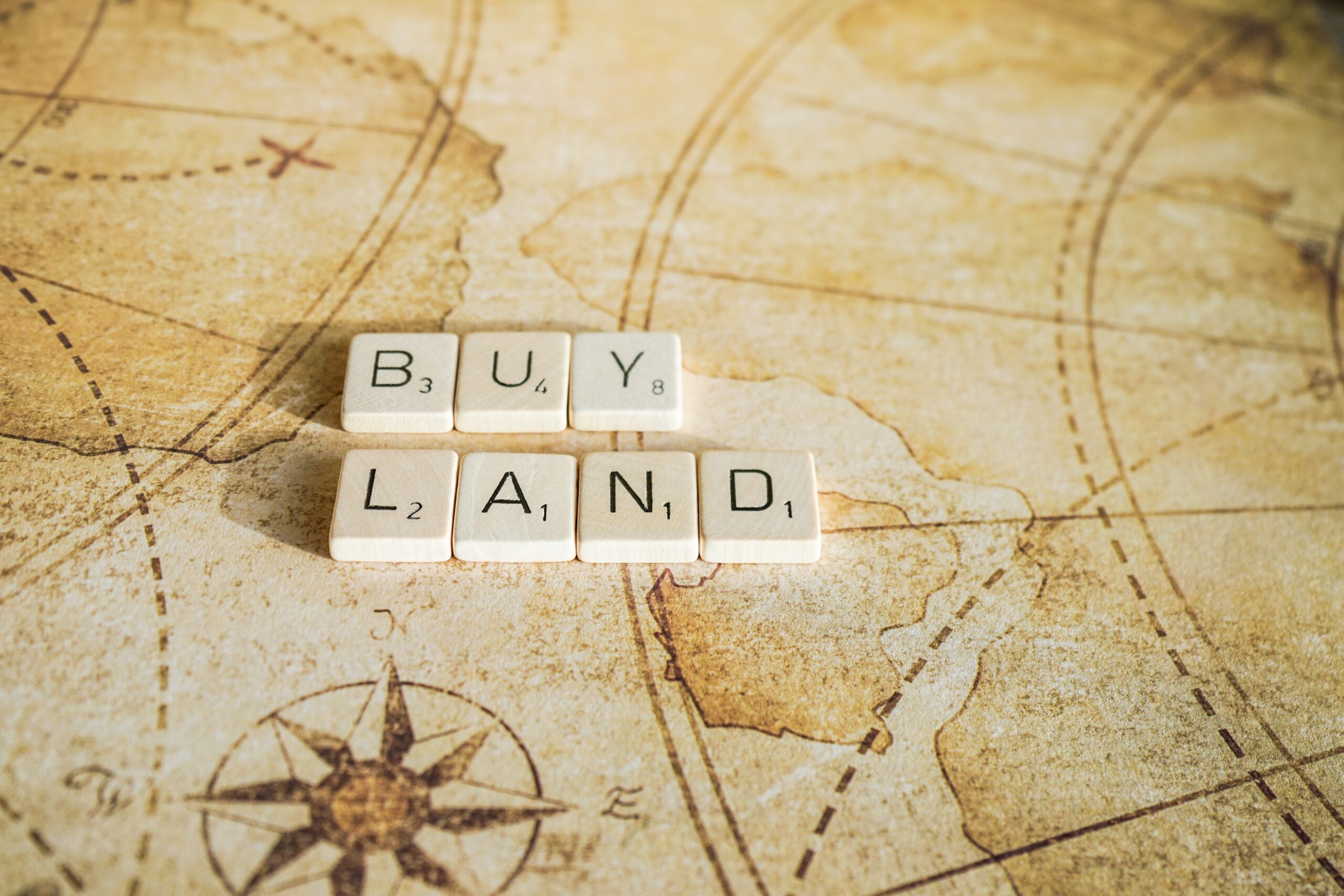A land loan can be used to fund anything from raw land to a vacant lot in an urban area. One may get a loan to buy land due to the desire to build a home or a business. A lot of lenders consider land loans to be riskier than other types of loans because:
- Default rates are higher on land loans due to a stoppage in construction or the borrower running out of funds to continue development
- A lot of borrowers walk away from land loans since they value keeping their homes more than a piece of land. Usually, the borrower’s house is made a guarantee on a loan.
- An unused lot is not attractive to many people when it goes on auction.
Land loans usually have higher interest rates and more requirements or down payment than the other loans due to the reasons cited above.
Types of land that can be financed:
The approval and terms of the land loan depends on the plans and on the lender that is granting you the loan. Generally, the following types of land are acceptable for a loan:
- Undeveloped raw land
This would be land that has nothing on it – no electricity, no water, no access road. Buying raw land may seem cheap but considering development cost, this may be more expensive in the long run.
For lenders, raw land is a risky proposition. Usually, a higher interest rate is chargedalong with higher down payments requirements. Many lenders ask for upwards of 50% down.
A good credit score and a solid down payment will help get approval for a raw land purchase. It also increases chances of securing a loan if a development plan is set to be immediately implemented following the land purchase.
- Unimproved Land
Some would consider this raw land, but the difference is that there are some utilities available on this land like access of a road or power lines. However, there is no power meter or phone lines yet installed and thus it can be considered an unimproved land.
Lenders would usually approve such loan application. As with the raw land loan, a solid credit score and down payment as well as development plans would boost chances of approval.
- Improved Land
The most expensive option since it is fully developed and construction ready. This type of land is easier to qualify for a loan. Lenders usually have lower interest rates and down payment.
Finding a loan to buy land.
Once the down payment for the land is available and development plans have been made, the next step is to look for a lender. The following are the available options:
- Credit Unions and Local Banks
A community credit union or a local bank maybe a good place to begin looking for a loan. Local institutions will have an idea about surrounding land costs and would have flexibility when it comes to local customers.
- Direct from the Seller
The land seller might be able to extend terms of payment for the purchase. This eliminates the hassle of filing required documents. A bigger down payment may be required, and monthly installments can be agreed upon.
- Line of Credit or Home Equity Loan
If the borrower has other properties, then the borrower can leverage on the equity to get a loan to buy land. This can be a risky option because when a payment default is made, that property might be lost.
- Personal Loan
A personal loan may be another option. This can be made if the loan amount is something that the borrower can manage to pay. Bear in mind that personal loans may have a 30% interest being an unsecured loan.
Where to find the best lender
When the borrower is ready to pursue the land purchase, one of the best places to look for a lender is the internet. People who are on the internet have low overhead and can offer flexible terms and lower rates.
United Fund Investments is more than happy to address the need for a loan to buy land. Visit the website for more information and inquiry.



